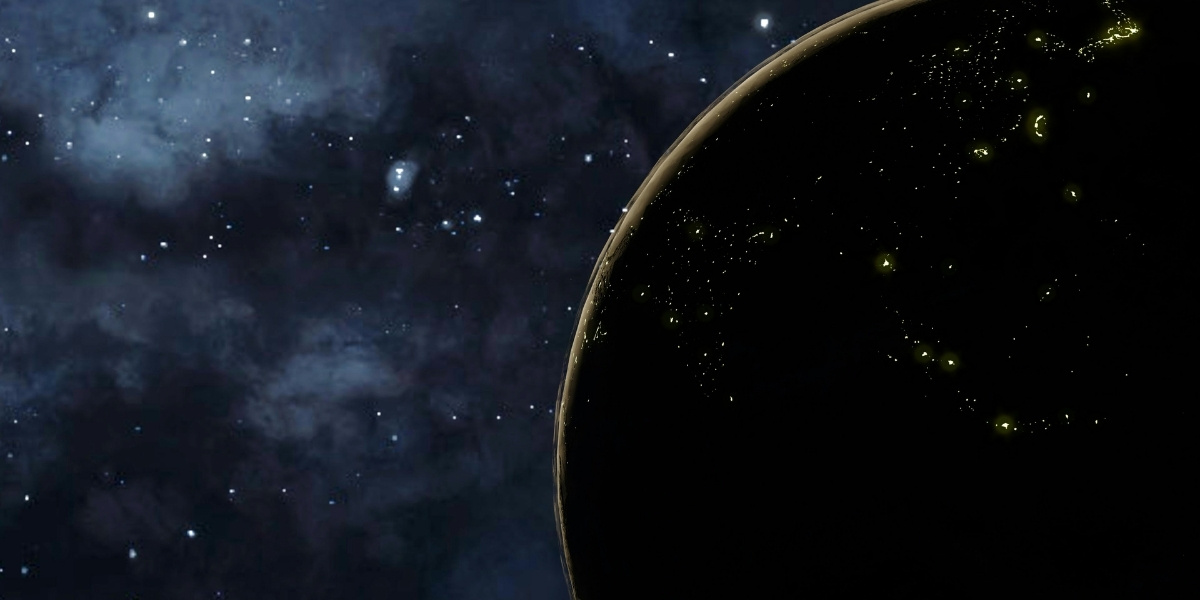Understanding Dwarf Planets
Dwarf planets are fascinating celestial bodies that orbit the Sun and share many characteristics with full-fledged planets, but with a key distinction: they have not cleared their orbits of other debris. The term “dwarf planet” was officially recognized by the International Astronomical Union (IAU) in 2006, with Pluto being the most well-known example. While they may not meet all the criteria to be classified as full planets, dwarf planets are crucial to our understanding of the solar system.
In this article, we explore the concept of dwarf planets, the most famous examples, including Pluto, and some of the lesser-known bodies that fall into this intriguing category.
The Origins of Pluto and Its Classification

Pluto was discovered in 1930 by Clyde Tombaugh at the Lowell Observatory in Arizona. For over seventy years, Pluto was considered the ninth planet in our solar system. However, in 2006, after new discoveries in the outer solar system, the International Astronomical Union redefined the criteria for what constitutes a planet. Pluto, along with other objects found in the Kuiper Belt, was reclassified as a dwarf planet.
Pluto’s status change stirred emotions worldwide, particularly among those who had grown up with it as the ninth planet. Despite its reclassification, Pluto remains one of the most beloved and recognized objects in the solar system, largely because of its rich history and its continuing mystery.
Characteristics of Dwarf Planets
Dwarf planets share several key features with planets, including:
Orbits the Sun: Like planets, dwarf planets follow an orbit around the Sun. However, they are often located in areas of the solar system that are more distant or less populated with large objects, such as the Kuiper Belt or the Oort Cloud.
Sufficient Mass for a Nearly Round Shape: Dwarf planets are large enough to have pulled themselves into a round or nearly round shape under the influence of their own gravity.
Not Cleared Their Orbit: The most significant difference between a planet and a dwarf planet is that a dwarf planet has not cleared its orbital zone of other debris. While planets have dominated their orbits, dwarf planets often share their orbital space with other objects, like asteroids or comets.
Not a Satellite: Dwarf planets cannot be moons of other planets. They must orbit the Sun directly.
Famous Dwarf Planets: Pluto and Ceres
Pluto
Pluto, located in the Kuiper Belt, is the most famous dwarf planet and has intrigued astronomers and space enthusiasts for nearly a century. With a diameter of about 2,377 kilometers, Pluto is smaller than Earth’s moon but still an important object in our solar system. Its orbit is highly elliptical, meaning it sometimes crosses inside the orbit of Neptune. The planet is made up of a mixture of rock and ice, and its surface features vast plains, mountains, and icy terrains.
Pluto’s atmosphere, primarily composed of nitrogen, can be thin but expands and contracts depending on its distance from the Sun. The New Horizons spacecraft, which flew past Pluto in 2015, provided the most detailed images of the dwarf planet, unveiling its surface, atmosphere, and even some active features, like nitrogen ice glaciers and large mountain ranges.
Despite the debate over its classification, Pluto remains a key focus for astronomers exploring the outer solar system.
Ceres
Ceres is the largest object in the Asteroid Belt between Mars and Jupiter, and it was reclassified from asteroid to dwarf planet in 2006. With a diameter of about 940 kilometers, Ceres is a world of ice and rock, much like Pluto. The Dawn spacecraft visited Ceres in 2015 and revealed large craters, mysterious bright spots, and potential signs of water ice beneath its surface.
Ceres has a very thin atmosphere and a low surface gravity, which makes it a fascinating subject for researchers. The bright spots discovered on Ceres are likely related to salts or ice deposits that reflect sunlight, sparking debates about the potential for water or even subsurface oceans.
Other Dwarf Planets: Haumea, Makemake, and Eris
While Pluto and Ceres often take center stage, there are several other dwarf planets scattered throughout the outer reaches of the solar system. These include Haumea, Makemake, and Eris, all of which were classified as dwarf planets after Pluto’s reclassification.
Haumea
Located in the Kuiper Belt, Haumea is known for its elliptical shape, which is the result of its fast rotation. Haumea’s rotational period is only about 4 hours, and its elliptical shape is caused by the centrifugal force of its rapid spin. Haumea is also one of the few known bodies to have two moons: Hi’iaka and Namaka.
Makemake
Makemake, another dwarf planet located in the Kuiper Belt, is similar in size and composition to Haumea. It was discovered in 2005, and its diameter is estimated to be around 1,430 kilometers. Makemake’s surface is covered by a layer of methane and ethane ice, and it has a relatively low temperature of around 30 K (or about -243°C). While not much is known about Makemake due to its distance from Earth, it is one of the more well-recognized dwarf planets.
Eris
Eris, discovered in 2005, is one of the largest known dwarf planets in the solar system, with a diameter of about 2,326 kilometers. It is located in the Scattered Disc, a distant region of the solar system beyond the Kuiper Belt. Eris is similar to Pluto in many ways, but it is slightly larger and has a much more elongated orbit. Eris is primarily composed of rock and ice, and its surface has a reflective icy appearance, indicating the presence of frozen methane.
The Future of Dwarf Planet Exploration

The exploration of dwarf planets is still in its early stages, and there is much more to discover about these fascinating worlds. NASA’s New Horizons mission to Pluto marked a milestone in our understanding of distant objects in the solar system, and future missions are likely to explore other dwarf planets as well.
As technology advances and more missions are launched, the study of dwarf planets will continue to offer insights into the formation and evolution of the solar system, as well as the potential for life beyond Earth. Dwarf planets, with their icy compositions and ancient surfaces, may hold important clues about the history of the solar system and the processes that shaped the planets.
Dwarf planets like Pluto, Ceres, Haumea, Makemake, and Eris offer a glimpse into the outer reaches of our solar system. Though they are no longer classified as planets, they are still important bodies that shape our understanding of planetary formation and solar system dynamics. With each new discovery, we uncover more about the diversity of celestial bodies and the mysteries that await us in the distant corners of space. Dwarf planets, small yet significant, continue to captivate the imagination of scientists and space enthusiasts alike.








